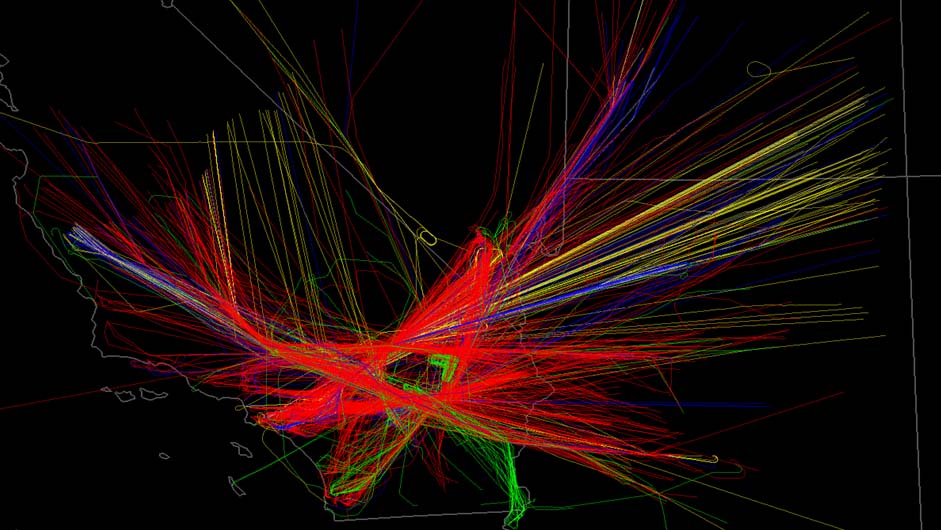Military exercise a complication for busy California airspace
Establishing three temporary restricted areas to support a large-scale military exercise from Twentynine Palms, California, in August would pose unnecessary risks to civilian air traffic in the busy region east of Los Angeles, AOPA said, noting that a similar proposal was dropped in 2016.
Hundreds of general aviation pilots could be at risk of collision with high-speed military aircraft, or could experience an inadvertent violation of difficult-to-visualize temporary restricted airspace proposed by the FAA to support a Marine Expeditionary Brigade level large-scale exercise at the Marine Corps Air Ground Combat Center from Aug. 7 to 26.
Rune Duke, AOPA director of airspace and air traffic, pointed out that a similar proposal was made, then withdrawn, in 2016 when time ran out on efforts to mitigate the effects on nonparticipating air traffic in the busy region before the 2016 exercises were to begin.
In an April 2016 letter, AOPA objected to the risks that uncharted temporary restricted areas could create in the high-traffic area.
“Placing a restricted area, wherein hazardous activity is taking place, along an established and busy air traffic corridor, and not charting that restricted area, creates an inherently hazardous situation for pilots,” Duke wrote.
AOPA also urged the military to help mitigate the impact of the special-use airspace for the exercise by working to notify airspace users of its plans.
“Robust outreach with local pilot groups, such as the Southern California Airspace Users Working Group, state pilot groups, national pilot associations, airports, and fixed base operators will be needed to reduce the impact of the SUA and to ensure pilots stay away from the hazardous activity. AOPA stands ready to support the military proponent’s outreach efforts,” the letter said.
Members may submit comments until April 10 online or by mail to the U.S. Department of Transportation, Docket Operations, 1200 New Jersey Avenue SE., West Building Ground Floor, Room W12-140, Washington, DC 20590-0001. Please identify FAA Docket No. FAA-2016-9536 and Airspace Docket No. 16-AWP-27 at the beginning of your comments.
Please also share your comments with AOPA.





